Ananta Physiodent
Physiotherapy
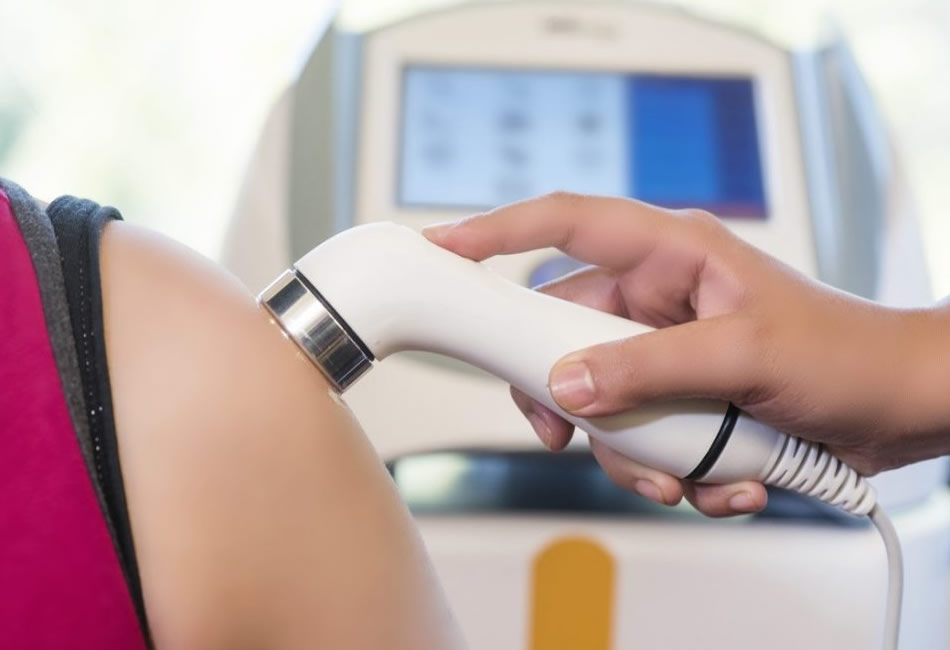
Ultrasound
Utilizing high-frequency sound waves, ultrasound therapy promotes tissue healing, reduces inflammation, and relieves pain by increasing blood flow to the affected area, making it an effective treatment for soft tissue injuries.
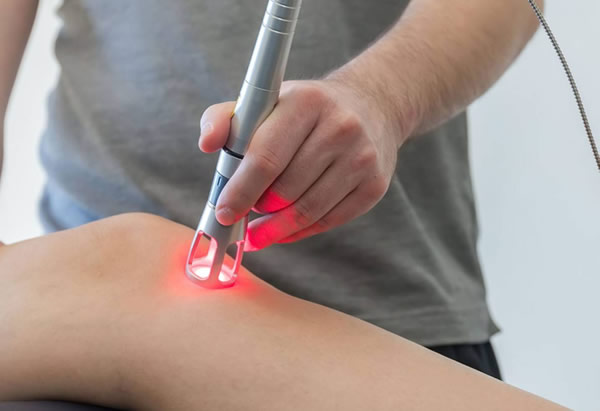
Laser
Laser therapy accelerates tissue repair, reduces inflammation, and alleviates pain by stimulating cellular activity at the molecular level, making it beneficial for various musculoskeletal conditions, including arthritis and tendonitis.
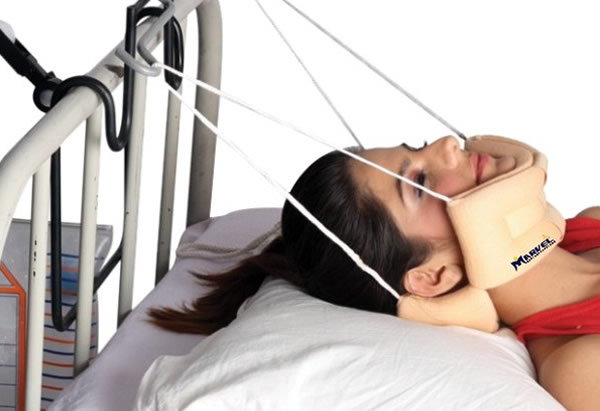
Cervical Traction
Cervical traction gently stretches the neck muscles and vertebrae, relieving pressure on nerve roots and reducing neck pain and stiffness associated with conditions such as herniated discs or cervical spondylosis.
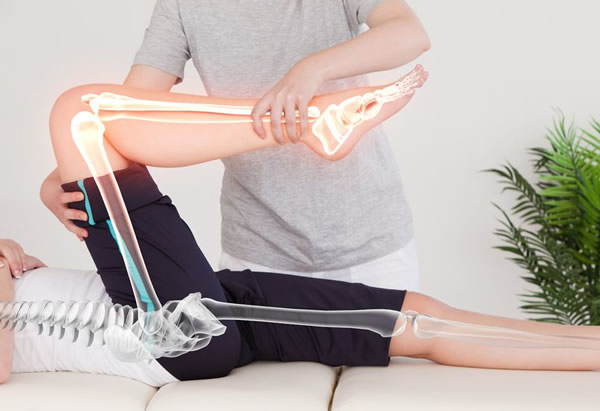
Mobilization
Mobilization techniques involve gentle manipulation of joints to restore range of motion, reduce pain, and improve function, making them ideal for treating joint stiffness and musculoskeletal conditions like frozen shoulder or osteoarthritis.

Taping
Taping techniques provide support to injured joints or muscles, enhancing stability and reducing pain during movement. It’s commonly used in sports rehabilitation to prevent further injury and promote healing.

Balance Training
Balance training exercises improve stability, coordination, and proprioception, reducing the risk of falls and enhancing functional mobility. It’s beneficial for individuals recovering from injuries or those aiming to improve coordination.
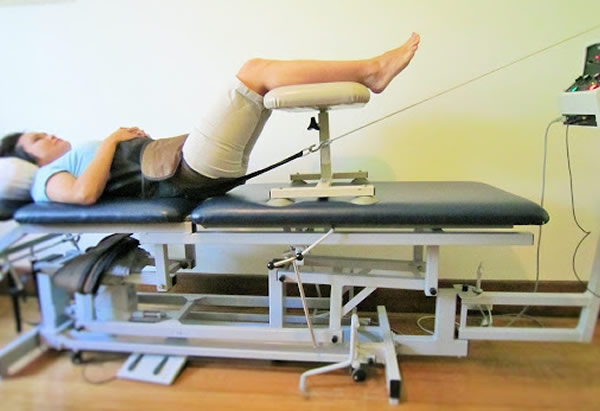
Lumbar Traction
Lumbar traction therapy relieves pressure on spinal discs and nerves, alleviating low back pain and sciatica symptoms, improving spinal alignment, and promoting healing for conditions such as disc herniation or spinal stenosis.

Bone Strengthening
Bone strengthening exercises increase bone density and strength, reducing the risk of fractures and osteoporosis-related complications, making them vital for individuals at risk of bone loss or recovering from fractures.

Specific Sports Training
Tailored sports training programs focus on improving athletic performance, enhancing strength, endurance, agility, and sport-specific skills, enabling athletes to reach peak performance and reduce the risk of injuries.

Sports Fitness
Sports fitness programs incorporate cardiovascular, strength, and flexibility exercises to improve overall fitness levels, endurance, and performance, catering to athletes and fitness enthusiasts seeking to enhance their athletic abilities.

Marathon Training
Marathon training programs include stamina-building exercises, strength training, and injury prevention strategies to prepare runners for long-distance races, optimizing performance and minimizing the risk of injuries.

Recovery Zone
The recovery zone offers various recovery modalities such as foam rolling, stretching, and massage therapy to promote muscle relaxation, reduce soreness, and accelerate recovery post-exercise or injury.
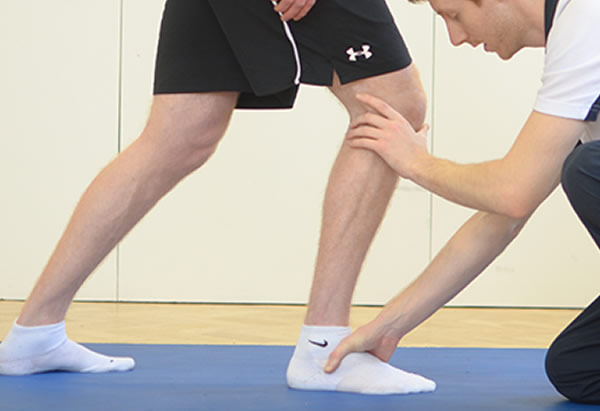
General Strengthening
General strengthening programs target major muscle groups to improve overall strength, stability, and functional capacity, enhancing physical performance and reducing the risk of injuries in daily activities.

Flexibility
Flexibility training involves stretching exercises to improve joint range of motion, reduce muscle tightness, and prevent injuries, promoting overall physical well-being and mobility.

Cardiac Rehabilitation
Cardiac rehabilitation programs combine exercise training, lifestyle modification, and education to improve cardiovascular health, reduce cardiac symptoms, and enhance quality of life for individuals recovering from heart conditions or surgeries.

Pulmonary Rehabilitation
Pulmonary rehabilitation programs integrate exercise training, breathing techniques, and education to improve lung function, alleviate respiratory symptoms, and enhance exercise tolerance for individuals with chronic lung diseases like COPD or asthma.
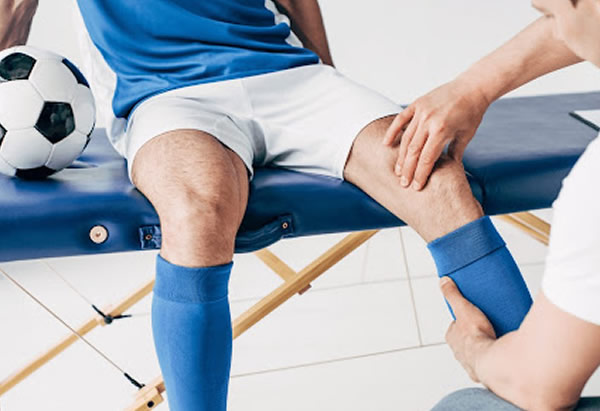
Sports Rehabilitation
Sports rehabilitation programs focus on restoring function, strength, and mobility following sports-related injuries, utilizing specialized exercises, manual therapy, and progressive training to facilitate safe return to sport.
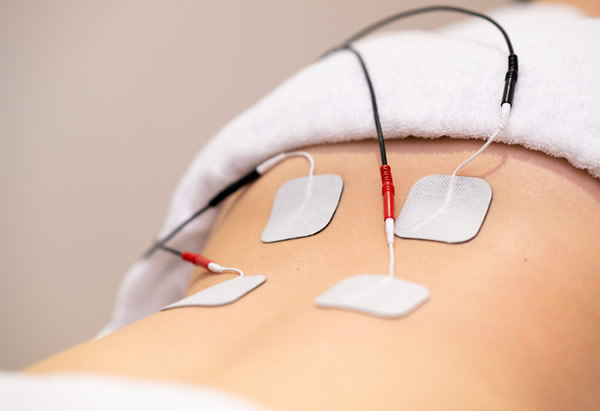
Nerve Stimulator
Nerve stimulation therapy uses electrical impulses to target nerves, reducing pain and improving nerve function. It’s effective for conditions like neuropathy or nerve-related pain syndromes.

Manual Exercise
Manual exercise therapy involves hands-on techniques to mobilize joints, stretch muscles, and improve tissue flexibility, aiding in pain relief, functional improvement, and rehabilitation post-injury or surgery.

Manipulation
Manipulative techniques involve targeted adjustments to spinal or peripheral joints to restore proper alignment, alleviate pain, and improve joint function, making them effective for treating musculoskeletal conditions like back or neck pain.
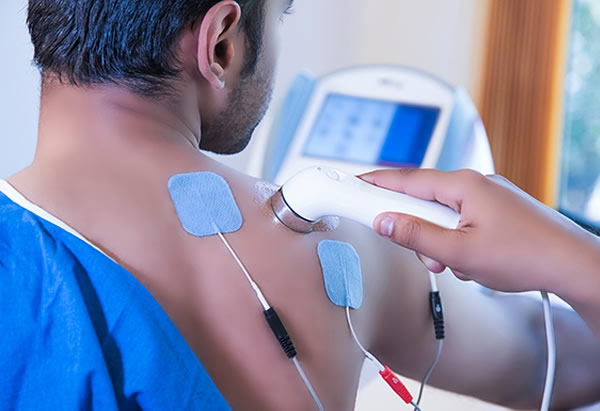
Electrotherapy
Electrotherapy modalities such as TENS or EMS deliver electrical currents to reduce pain, promote muscle contraction, and stimulate tissue healing, offering non-invasive pain relief and rehabilitation benefits for various conditions.
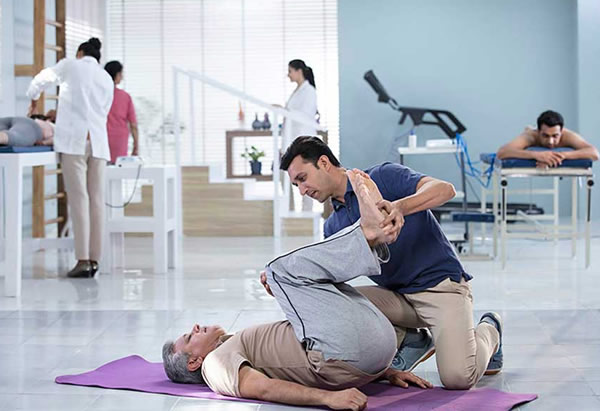
Exercise Therapy
Exercise therapy involves tailored exercise programs to improve strength, flexibility, and function, addressing specific rehabilitation goals and promoting overall health and well-being for individuals recovering from injuries or surgeries.
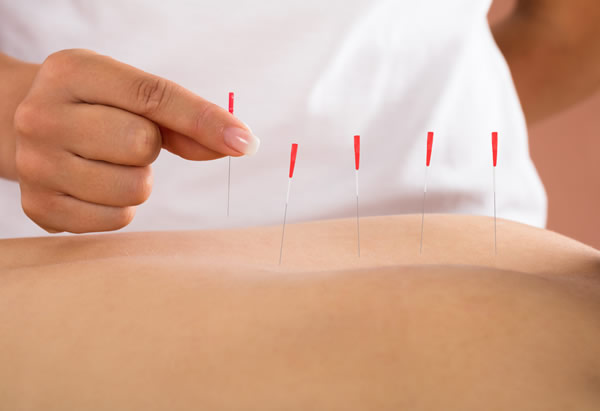
Dry Needling
Dry needling involves the insertion of thin needles into trigger points or tight muscles to relieve pain, improve range of motion, and promote tissue healing, making it effective for managing musculoskeletal pain and dysfunction.
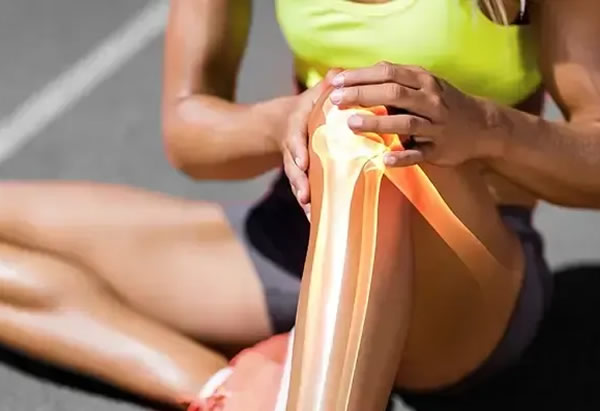
Sports Injury
Sports injury rehabilitation focuses on diagnosing, treating, and preventing sports-related injuries, utilizing a combination of therapeutic modalities, exercises, and injury prevention strategies to optimize recovery and return to sport.

Running Biomechanics
Running biomechanics analysis assesses gait patterns, foot strike, and body mechanics to identify inefficiencies or risk factors for running-related injuries, guiding interventions to improve running performance and prevent injuries.

Postural Ergonomics
Postural ergonomics education and interventions promote proper posture and body mechanics during daily activities, reducing strain on muscles and joints, preventing musculoskeletal injuries, and improving overall comfort and productivity.

Workplace Assessment
Workplace assessments evaluate ergonomic factors and work environments to identify potential hazards, reduce injury risks, and optimize employee comfort and productivity through ergonomic modifications and education.
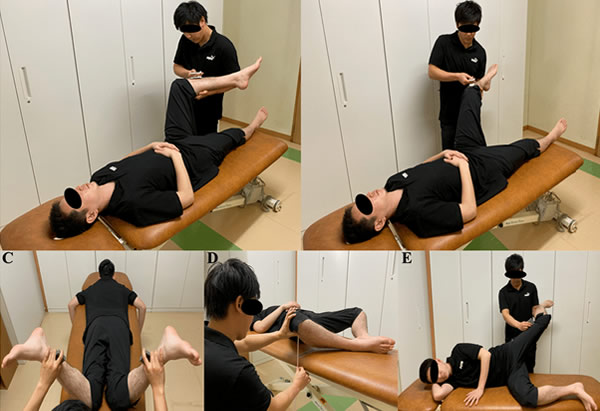
Musculoskeletal Screening
Musculoskeletal screening assessments identify movement dysfunctions, muscle imbalances, and injury risk factors, guiding personalized exercise programs and interventions to prevent injuries and improve physical performance.

Advanced Core Stability Exercises
Advanced core stability exercises target deep core muscles to improve spinal stability, posture, and movement control, enhancing athletic performance, preventing injuries, and alleviating low back pain.
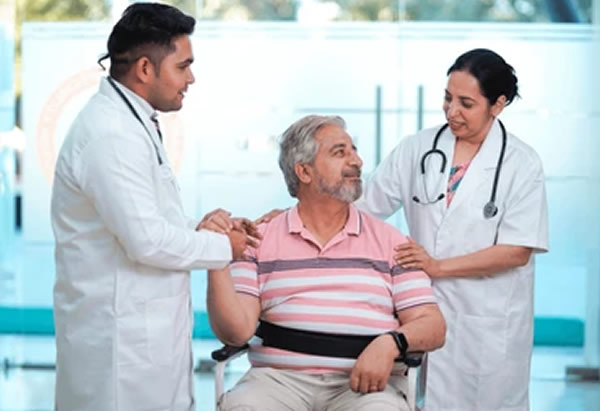
Post-Op Care
Post-operative rehabilitation programs provide personalized care and exercises to promote healing, restore function, and regain strength and mobility following surgical procedures, facilitating a safe and successful recovery process.

